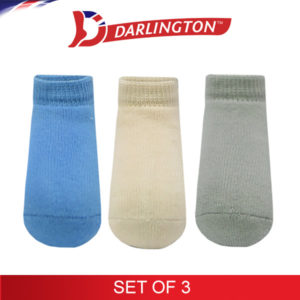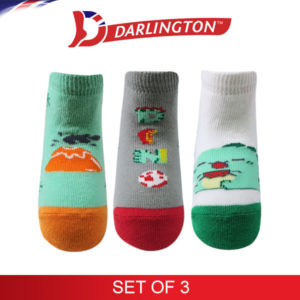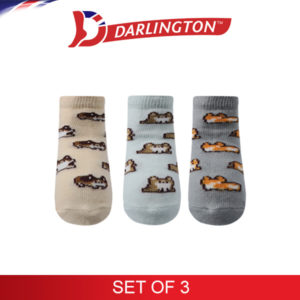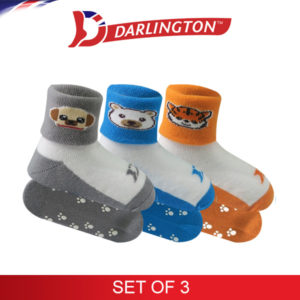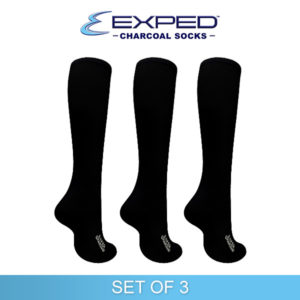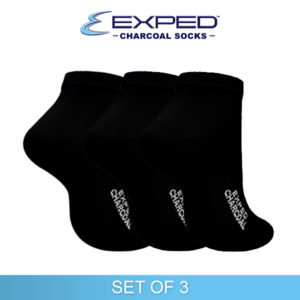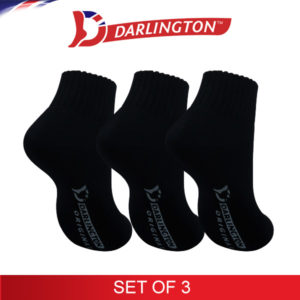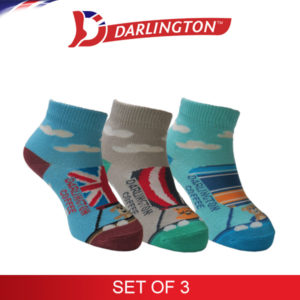How Fast Do Babies and Kids' Feet Grow? Essential Parenting Guide
Understanding your child’s foot growth is not just a matter of curiosity; it’s key to ensuring their comfort and health. As your little ones grow, their feet are the foundation of their adventurous journeys. From their first steps to playful runs, each phase of growth calls for attention to their feet, be it through carefully chosen socks, shoes, or simply letting them feel the world beneath their bare feet.
Growth Rate of Children's Feet by Age
| Age Group | Growth Rate | |
|---|---|---|
|
0 to 1 Year
|
Rapid growth
|
Time of many 'firsts', including first steps. Measure feet every two months.
|
|
1 to 3 Years
|
Up to 1.5 mm per month
|
Rapid growth; socks and shoes may need frequent updates.
|
|
3 to 6 Years
|
About 1 mm per month
|
Active engagement with environment; ensure well-supported feet.
|
|
6 to 10 Years
|
Less than 1 mm per month
|
Growth pace slows; regular tracking of foot size important for various activities.
|
Children’s Foot Development Stages
Each stage of foot development comes with its own needs:
Pre-Crawling (Infant)
Your baby's feet are mostly cartilage and flat at this stage. They're best left barefoot or in soft socks for a full sensory experience and natural growth.
Crawling (Baby)
As babies begin to crawl, their feet require protection. Soft, comfortable socks provide warmth and protect their delicate skin.
Toddler Stage
Toddlers need non-slip, comfortable socks as they explore their walking abilities. This is the time when they start to develop more muscle strength in their feet.
Kindergartener and Beyond
As children grow, their feet start to resemble miniature versions of adult feet, with developing arches. Socks that accommodate these changes and provide proper support are essential.
How to Measure and Know Your Child's Foot Size
Measuring your child’s foot size is simple yet crucial. Here’s a quick guide:
-
1Have your child stand on a piece of paper.
-
2Trace around their foot with a pen or pencil.
-
3Measure the length from the back of the heel to the tip of the longest toe
-
4Compare this measurement to a sock size chart.
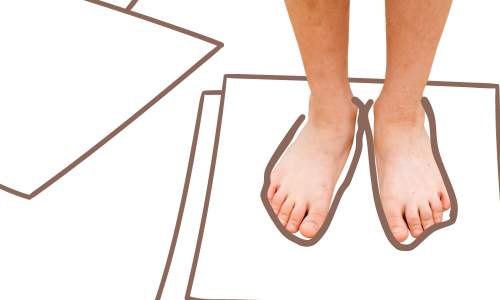
Common Questions and Myths about Children's Feet
Measuring your child’s foot size is simple yet crucial. Here’s a quick guide:
Does the size of a child's feet predict their future height?
Many parents wonder if the size of their child's feet indicates how tall they will grow. This curiosity is often fueled by the widespread myth suggesting a direct correlation between small feet and shorter adult height. However, the truth is that foot size is primarily determined by genetics and is not a reliable predictor of a child's future height.
Genetic factors play the most significant role in determining both the size of a child's feet and their overall height. Just as parents pass on eye color or hair type to their offspring, the same goes for foot size and height. While general patterns might be observed within families, it's important to note that each child's growth trajectory is unique. A child with small feet may grow to be tall, just as a child with larger feet might not necessarily become very tall.
Furthermore, the growth of feet and height only sometimes occurs in sync. Children may experience a growth spurt in their feet, not their height, or vice versa. Environmental factors like nutrition and physical activity also play crucial roles in a child's overall development.
Hence, it is more beneficial for parents to concentrate on creating a nurturing and healthy environment that supports their child’s overall growth, instead of relying on foot size as an indicator of eventual height. In essence, small feet during childhood are just one of many normal variations in growth and do not necessarily dictate how tall a child will eventually become.
How do socks influence a child's foot development?
The role of socks in a child's foot development is often overlooked, yet they play a crucial part in supporting healthy growth. Properly fitted socks can significantly contribute to the overall comfort and development of a child's feet. They should be snug enough to provide support and stability but not so tight that they restrict natural growth and movement. This balance is key in ensuring that socks aid rather than hinder foot development.
The material and design of socks are also essential factors. Socks made from breathable materials like cotton or bamboo help maintain good foot hygiene, reducing the risk of skin irritations or infections that can affect foot health. Additionally, socks with non-slip soles can provide extra grip and stability for younger children, especially those learning to walk, encouraging confident and safe movement.
Moreover, as children grow, their feet undergo various changes. The right socks can adapt to these changes, providing the necessary room for growth and accommodating any developing arches or changing foot shapes. For infants and toddlers, who often experience rapid foot growth, regular checks and updates of sock sizes are necessary to ensure a perfect fit. In summary, while socks seem like a minor detail in a child's wardrobe, their impact on foot development is significant. Selecting the right socks is a simple yet effective way to support the healthy growth and development of your child's feet.
Sock Recommendations for Your Babies and Kids
Socks for Babies
Socks for Kids
-
Darlington Kids’ Fashion Cotton Coffee Anklet Socks DPCP11A – Set of 3
₱300.00Original price was: ₱300.00.₱150.00Current price is: ₱150.00. Select optionsAdd to WishlistAdd to Wishlist
Monitoring and accommodating the rapid growth of your child’s feet is crucial. The right socks, alongside appropriate shoes, play an integral role in this journey. By staying informed and attentive to their needs, you’re not just caring for their feet but supporting their overall development and adventures. Happy parenting!

